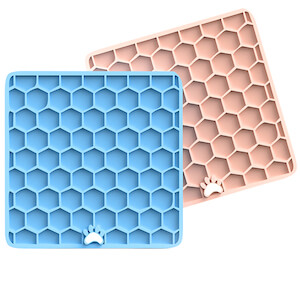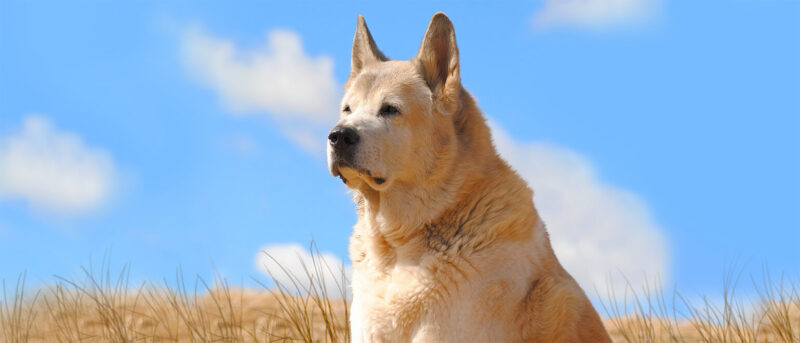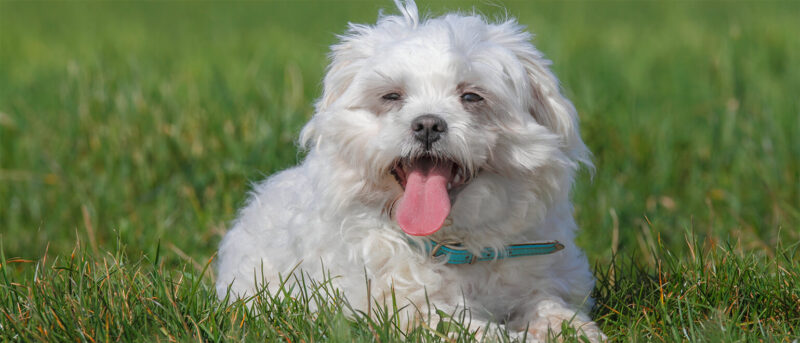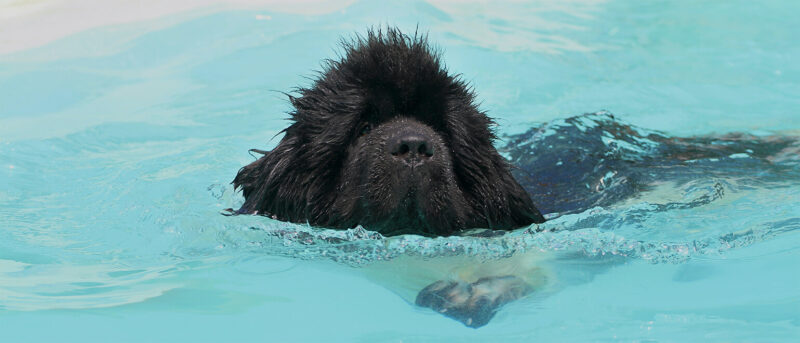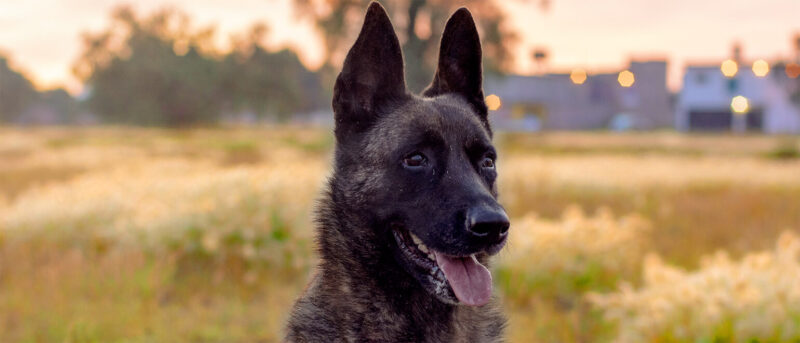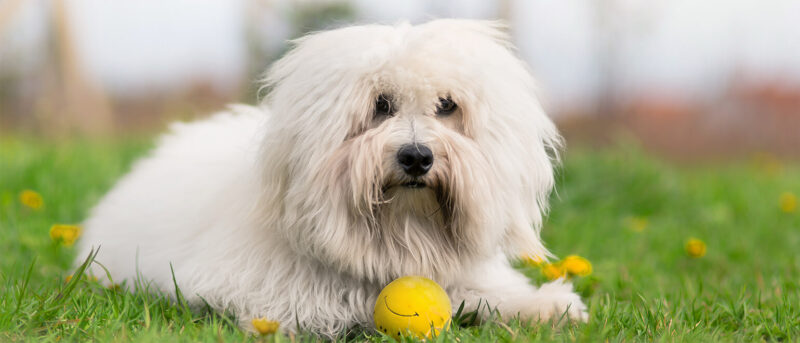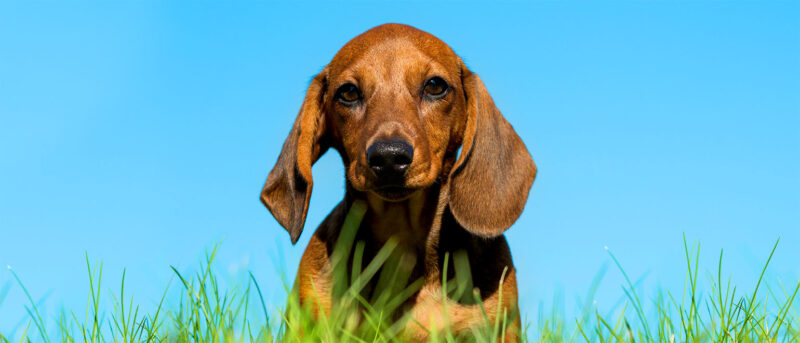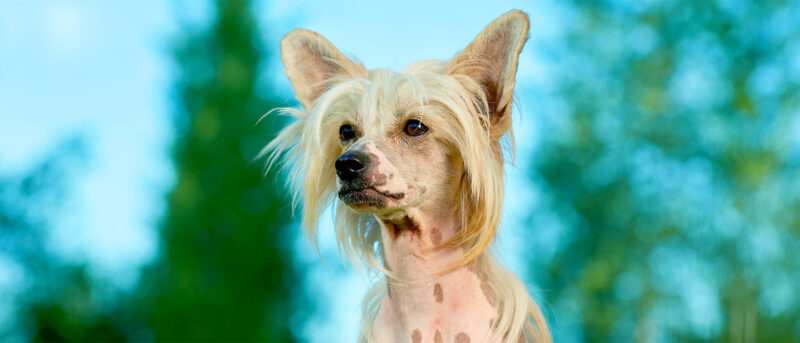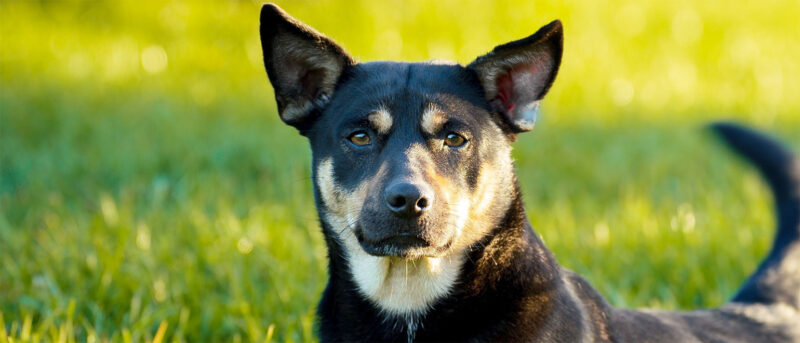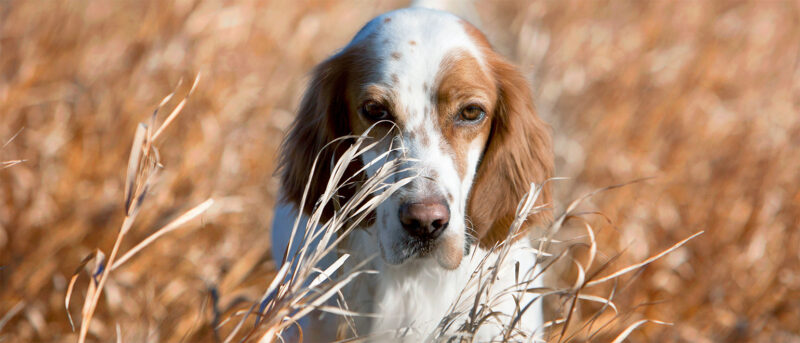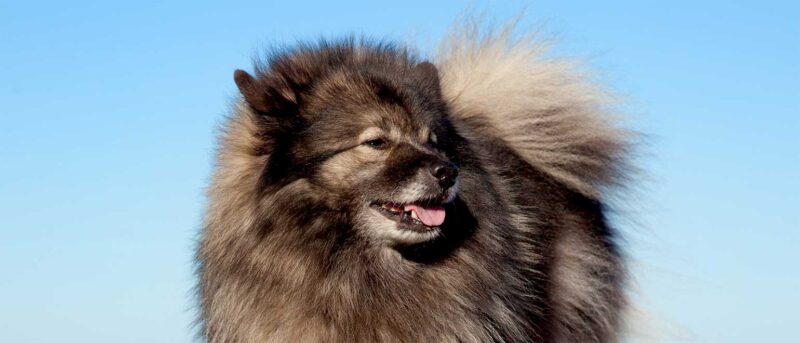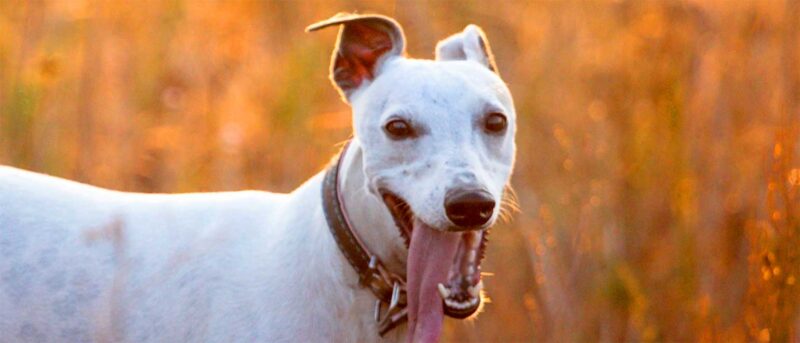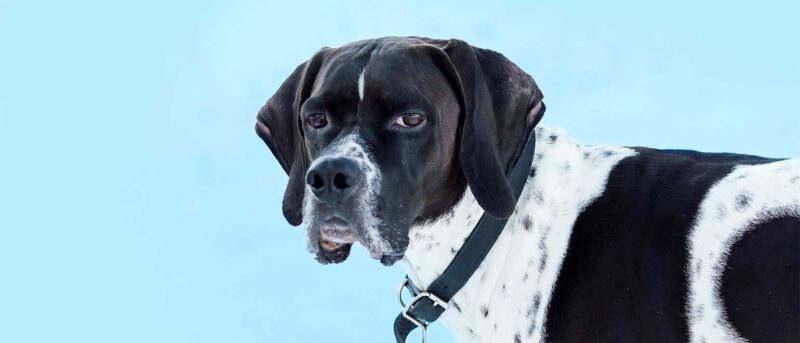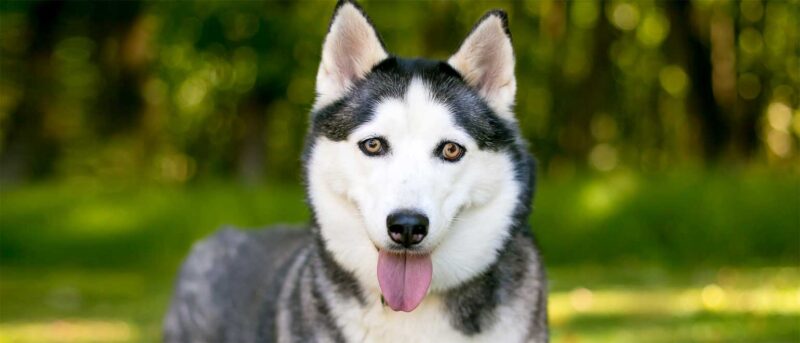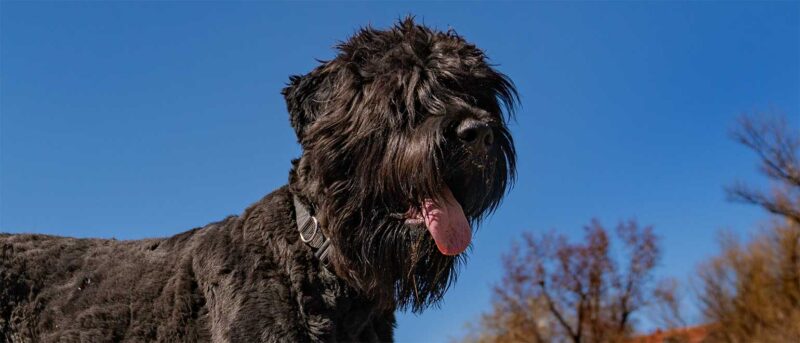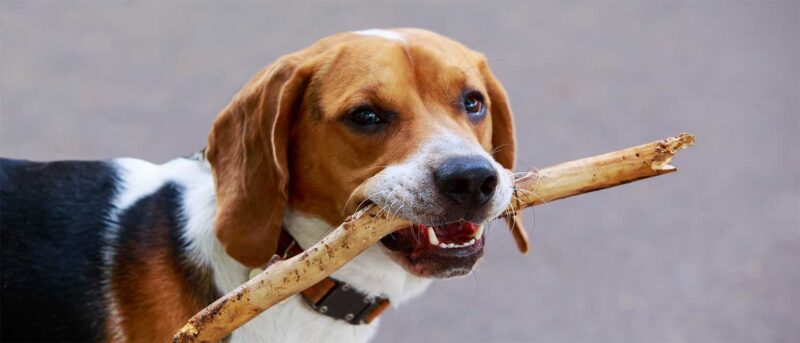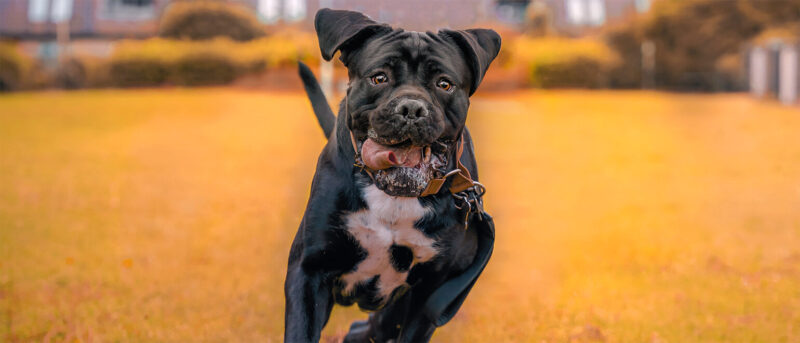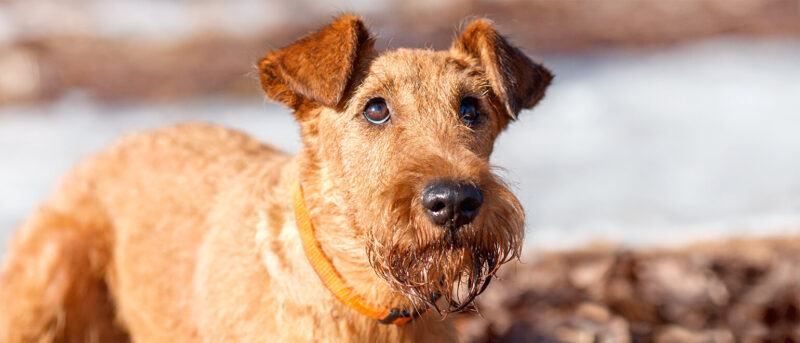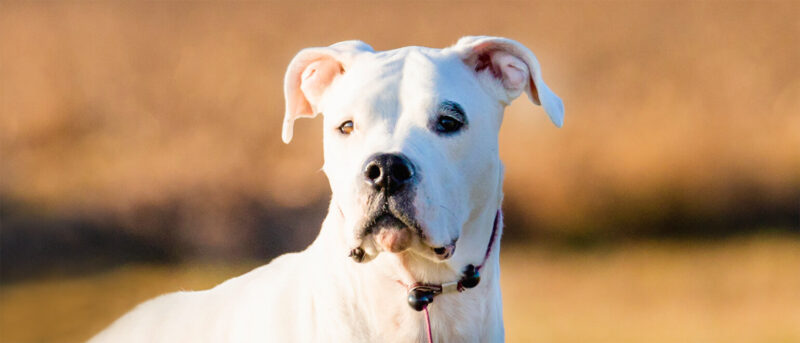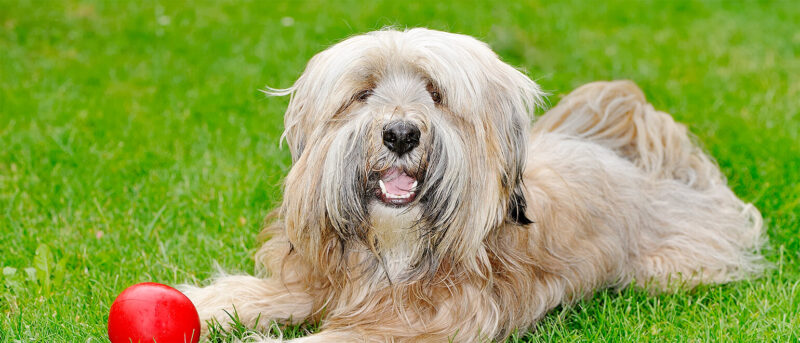Rat Terrier Dog Breed Temperament & Personality [Full Guide]
A Rat Terrier in action is an incredible sight to behold! These pint-sized powerhouses bolt with lightning speed and dig their way deep into the ground before you can even call their names. These impressive pups can clear out a rat-infested barn in just a few hours. Today, the Rat Terrier is far more than […]
A Rat Terrier in action is an incredible sight to behold! These pint-sized powerhouses bolt with lightning speed and dig their way deep into the ground before you can even call their names. These impressive pups can clear out a rat-infested barn in just a few hours.
Today, the Rat Terrier is far more than just a canine farmhand. They’ve evolved into serious contenders in various arenas—be it competitive sports, vigilant watchdog duties, or cherished members of the family. There’s so much talent and love packed into their compact frames, that it’s hard not to fall in love with them!
Rat Terrier Physical Characteristics
Rat Terriers are famous for their compact yet sturdy build, along with their unique coat and remarkable hunting skills. Both the United Kennel Club and the American Kennel Club officially acknowledge two varieties of this breed: miniature and standard.
The miniature Rat Terrier closely resembles the standard breed but is slightly shorter in stature. Remarkably, a third unofficial lineage has emerged in recent times: the Decker Giant. This variant of the Rat Terrier surpasses both the miniature and standard sizes, boasting a much larger frame.
From the side, you can see that the Rat Terrier’s head exhibits a distinct blunt, wedge shape. Its small eyes are set apart, ranging in color from dark brown to hazel. Occasionally, Rat Terriers with blue coats may have grey eyes, though this is not considered a standard trait of the breed.
Rat Terriers have a variety of ear styles, including erect, tipped, or buttoned. Tipped ears fold over slightly at the top, while buttoned ears have the majority of the ear folding over. Their wiggly tails come in various lengths and typically curve upwards. However, for show purposes, veterinarians will often dock the tail. Furthermore, due to a recessive gene, some Rat Terriers are naturally born with a bobtail, which can be short or completely absent.
Rat Terrier Size
Miniature Rat Terriers typically measure between 10-13 inches in height while Standard Rat Terriers can range from 13-18 inches. Both varieties usually weigh between 10-25 pounds. However, the Decker Giant Rat Terrier stands out with a height ranging from 15-19 inches and weighing between 25-35 pounds! In general, female Rat Terriers tend to be slightly shorter than males, but the overall size differences within the breed are not wildly different.
Rat Terrier Personality
The Rat Terrier is teeming with intelligence and curiosity, always eager to explore the many sounds and scents that surround them. Among their favorite pastimes are digging, barking, and chewing. With energy to spare, they revel in hours of play and eagerly engage with anyone willing to join in the fun. Their boundless energy makes them ideal companions for active families and children. Rat Terriers exhibit incredible affection towards their family members, and although they can be high-energy, it is worth noting that they are considered the calmest of the terrier breeds.
Energetic and inquisitive, Rat Terriers thrive when they’re mentally stimulated. Without proper activity, they may resort to destructive behavior when they’re bored or feeling lonely. Due to their tendency towards separation anxiety (especially in their early years), crate training is highly recommended. To prevent furniture chewing or carpet digging, make sure that your lifestyle allows for plenty of quality time with your Rat Terrier before adopting one.
With their intense hunting instinct, Rat Terriers are prone to darting off at the slightest scent of prey. Unless you’re interested in adding extra cardio workouts to your life, chasing after your pooch, it’s best to keep them leashed when in open outdoor areas. Nonetheless, their boundless energy makes them exceptional pest hunters and delightful playmates, adding an element of adventure to your daily life.
Rat Terrier Exercise
Rat Terriers are known for their high activity levels, necessitating a moderate amount of exercise. Ideally, they should enjoy a daily walk lasting at least 30 minutes, though younger pups under five years old may benefit from additional activity. Engaging in muscle-exercising games, like a chew toy tug-o-war, not only keeps them physically fit but it also provides them with needed mental stimulation and bonding time.
Encouraging your Rat Terrier to join in a game of fetch is another sure way to spark their excitement! Not only do activities like fetch and tug-o-war fulfill their natural urge to chew, but they also provide great exercise. Another engaging activity idea is to hide treats around your home for your Rat Terrier to discover, tapping into their natural hunting instincts while keeping them physically active.
Rat Terriers are natural athletes and thrive in agility sports. If your energetic pup seems like an unending pit of energy, consider introducing them to an agility course. From hurdling over obstacles to darting through tunnels and balancing on seesaws, these challenging activities offer both physical exercise and mental stimulation for your Rat Terrier. And, who knows? With dedication and practice, your Terrier might even become a champion, earning a few medals (and hopefully some sponsorships) along the way!
Rat Terrier Training
Training Rat Terriers tends to be simple due to their high intelligence, but sometimes, their cleverness can lead to stubbornness and boredom. To prevent them from wandering off during training, it’s essential to keep training sessions brief and engaging.
Rat Terriers thrive on positive reinforcement, particularly praise, as they are sensitive to their trainer’s demeanor. Whether the feedback is positive or negative, it will significantly impact their responsiveness and engagement during training.
Crate Training
Crate training is an excellent idea for Rat Terriers because they are so prone to separation anxiety. Crate training helps your Terrier feel more secure and better tolerate being left alone.
To start training, set up a cozy crate in a quiet spot in your home where your Rat Terrier feels secure. When your dog is calm, gently guide them to the crate and leave them alone in their crate for short periods, starting around 10 minutes. Over time, you can extend these intervals gradually until your dog becomes fully accustomed to being alone. It’s crucial to foster a positive association with their crate, so never utilize time in their crate as a form of punishment.
Socialization
Early socialization is important for all dogs to help minimize aggression, and Rat Terriers are no exception. While naturally friendly and sweet, they can become cautious around strangers and other dogs if they are not adequately socialized during their early years.
To ensure your Rat Terrier is well-adjusted, expose them to public places from a young age, allowing them to interact with strangers and other dogs. If you’re adopting an older Rat Terrier, ask about their previous experiences with people and dogs to gauge their socialization level. Understanding their history and previous experiences will provide insight into how they may interact with people outside of your family circle.
Rat Terrier History
The Rat Terrier is an all-American breed that was developed to help humans hunt farm pests. The breed was officially formed when the English settlers brought their working dogs with them over to the United States to help protect their new farmland and crops in the 1800s. The Rat Terrier’s ancestry is a blend of various breeds, including:
- Smooth Fox Terrier
- Beagle
- Bull Terrier
- Whippet
- Manchester Terrier
- Italian Greyhound
- Old English White Terrier
Celebrated for their prowess in hunting small game and rodents, the Rat Terrier became a beloved farm dog during the 1900s. However, with the invention of rat poison in the 1940s, Rat Terriers experienced a decline in popularity as they were no longer needed to help keep rodent populations at bay. Decades later, the breed made a comeback due to its athleticism and friendly disposition.
Rat Terriers rose to prominence in agility courses and flyball competitions for their combination of athleticism and intelligence. Their cognitive abilities also led them to serve as effective contraband search dogs for law enforcement. The breed received official recognition from the United Kennel Club in 1999, followed by the American Kennel Club in 2013.
Rat Terrier Health Problems
Regular veterinary visits and preventive care are important for maintaining the health of Rat Terriers, who are susceptible to certain health issues. Before adoption, it’s wise to ask the breeder about any hereditary conditions present in your Rat Terrier’s family line. Routine vet visits and vaccinations are essential in protecting your pet’s well-being and may ultimately help you avoid significant expenses in the future.
Demodectic Mange
When Rat Terriers have a weakened immune system, they become more at risk of demodectic mange. This skin condition is caused by tiny Demodex mites. While all dogs have Demodex mites to some extent, these pests can proliferate in dogs with weakened immune systems. In Rat Terriers, an overgrowth of Demodex mites can result in symptoms like intense itching and excessive scratching.
Demodectic Mange symptoms include:
- Itchiness
- Red patches
- Bald patches
This condition can be treated with medicated shampoos and creams. Topical CBD balms for dogs may help soothe any irritation and discomfort that comes with skin issues.
Obesity
Because of their petite frame, Rat Terriers are more susceptible to obesity, which can lead to a range of secondary health concerns including joint issues, metabolic disorders, and digestive problems. It’s important to maintain a healthy balance between your Terrier’s calorie intake and activity levels, making they don’t consume more calories than they expend. Regular exercise and a well-regulated diet are key to keeping your Rat Terrier healthy and fit.
Patellar Luxation
One orthopedic condition that may affect your Rat Terrier’s knee caps (AKA the patella) is Patellar Luxation. Although it is not always painful, it is a condition where the kneecap slips out of its normal position and it can impede your dog’s movement.
Signs of a luxated patella include:
- Hopping on three legs
- General lethargy
- Lameness
It is possible for veterinarians to correct Patellar Luxation through surgery.
Malocclusion
Rat Terriers are susceptible to jaw deformities such as malocclusion. This condition results in an incorrect bite for the dog. While some Rat Terriers may outgrow this crooked bite, it is likely to be permanent if it persists beyond 10 months of age.
The good news is that this condition doesn’t always impact a dog’s health or comfort, so it may not require any medical intervention. If their bite results in irritation for their mouth, a vet may remove some of their teeth. In more severe cases, surgery can be used to correct malocclusion.
Epilepsy
Rat Terriers have a higher rate of epilepsy compared to other dog breeds. This condition is a neurological disorder characterized by seizures and other symptoms. Epilepsy is primarily a genetic health issue, so if it runs in your Terrier’s direct lineage, there is a higher chance that your Terrier will be affected by this health condition.
Seizures occur when there is excessive electrical activity in the brain that overwhelms the neurons and leads to temporary loss of control. The symptoms of a seizure can vary depending on the specific brain regions affected, but it often presents itself as muscle spasms. Epilepsy is typically managed with medication, and some pet owners find that adding pet CBD oil to their health supplements may help alleviate some of their dog’s discomfort.
How to Care for a Rat Terrier
Rat Terriers are a hardy breed that makes a wonderful companion. By providing them with a healthy balanced diet, regular exercise, and proper grooming, you can help keep them happy and healthy for years to come. These dogs can be your longtime pals as long as you take good care of them!
Nutrition and Feeding for Rat Terrier
The dietary needs of your Rat Terrier vary based on their weight, age, and activity level. Typically, for a dog weighing less than 10 pounds, providing 1/4 to 1/2 cup of dog food per day is enough to keep them healthy.
For Terriers weighing between 10 to 15 pounds, ½ to 1 cup of food will suffice. Larger terriers weighing between 15 to 30 pounds need somewhere around ¾ cup to 1.5 cups of food.
Feeding your Rat Terrier twice daily is ideal, as leaving food out all day can contribute to weight gain. Keep feedings reserved for specific mealtimes and limit the number of sugary treats given.
To gauge your Rat Terrier’s weight, lightly press on their sternum; if you can feel (but not see) their ribs, they’re likely at a healthy weight. Additionally, their waist should be visible, avoiding a “chonky” rectangular appearance.
Be sure to align their food intake with their activity level to prevent excessive weight gain.
Coat Color And Grooming
Rat Terriers have a very distinctive coat pattern which is known as a “pied” coat pattern. A “pied” coat is characterized by large patches of color over a white base coat. These patches can come in a variety of shades such as chocolate, fawn, black, apricot, blue, red, or tan. The amount of white on a Rat Terrier’s furry coat can vary widely, ranging from 10% to 90%. While the patch colors and sizes may vary, this breed is never solid-colored.
Grooming a Rat Terrier is relatively super easy due to their short coats. Brushing your Terrier once a week with a soft bristle brush helps remove loose hair and minimize shedding. Rat Terriers shed consistently throughout the year, with additional shedding during the spring and fall seasons. You only need to bathe your Rat Terrier when necessary (when they start to smell or make a mess).
To maintain your Rat Terrier’s dental health, brush their teeth daily to fend off periodontal diseases. Trim their nails biweekly and regularly inspect their cute little ears for any signs of infection or irritation. When grooming your dog, be sure NOT to trim your Rat Terrier’s whiskers, as these play a crucial role in their sensory perception.
Children And Other Pets
Rat Terriers are exceptionally patient and playful with children, making them ideal companions for energetic youngsters. Their boundless energy matches well with younger children who love to play. Due to their small size, you need not worry about the Rat Terrier accidentally causing harm to your child during playtime.
Rat Terriers generally display friendliness towards other dogs, yet they may react with aggression if provoked. Adequate socialization during their early years can help minimize any aggressive tendencies. However, due to their strong prey drive, it’s advisable not to leave Rat Terriers unsupervised around other small pets (especially hamsters, rats, and guinea pigs). Without proper training, Rat Terriers may see cats as potential prey.
Rescue Groups
New Rattitude is a terrific non-profit rescue organization dedicated to rescuing neglected, abandoned, or surrendered Rat Terriers across the United States. Through a network of dedicated volunteer members, they operate a private foster system to provide these Terriers with quality care and necessary veterinary attention. Established in 2008, New Rattitude has successfully rescued hundreds of Rat Terriers, offering them a chance at a better life and a forever home.
Rat Terrier ResQ was founded in 2007 with the sole mission of rescuing neglected Rat Terriers on a national scale. They conduct thorough evaluations of each rescued dog’s personality and carefully match them with their ideal families. Rat Terrier ResQ has successfully rescued hundreds of Rat Terriers and plans to save even more dogs in need.
Breed Organizations
The Rat Terrier Club of America
This important group helped get the Rat Terrier officially recognized by the AKC through their extensive breeding and petition efforts. This notable club helps to maintain breed standards by hosting special shows and supporting a standard-compliant breeder network.
The American Rat Terrier Association
Similar to the Rat Terrier Club of America, the ARTA also holds its own shows and registers breeders. Associated with the UKC, this exciting group publishes a list of best-performing Terriers on their website in the categories of agility, obedience, rally, and other competition categories.
More About This Dog Breed
Rat Terriers typically live between 15 to 18 years, a relatively long lifespan for a dog. They are currently ranked as the AKC’s 96th most popular breed. With their big personalities, boundless energy, and insatiable curiosity, Rat Terriers are anything but boring. Whether it’s exploring new environments or engaging in playful activities, these dogs always offer excitement and companionship.







